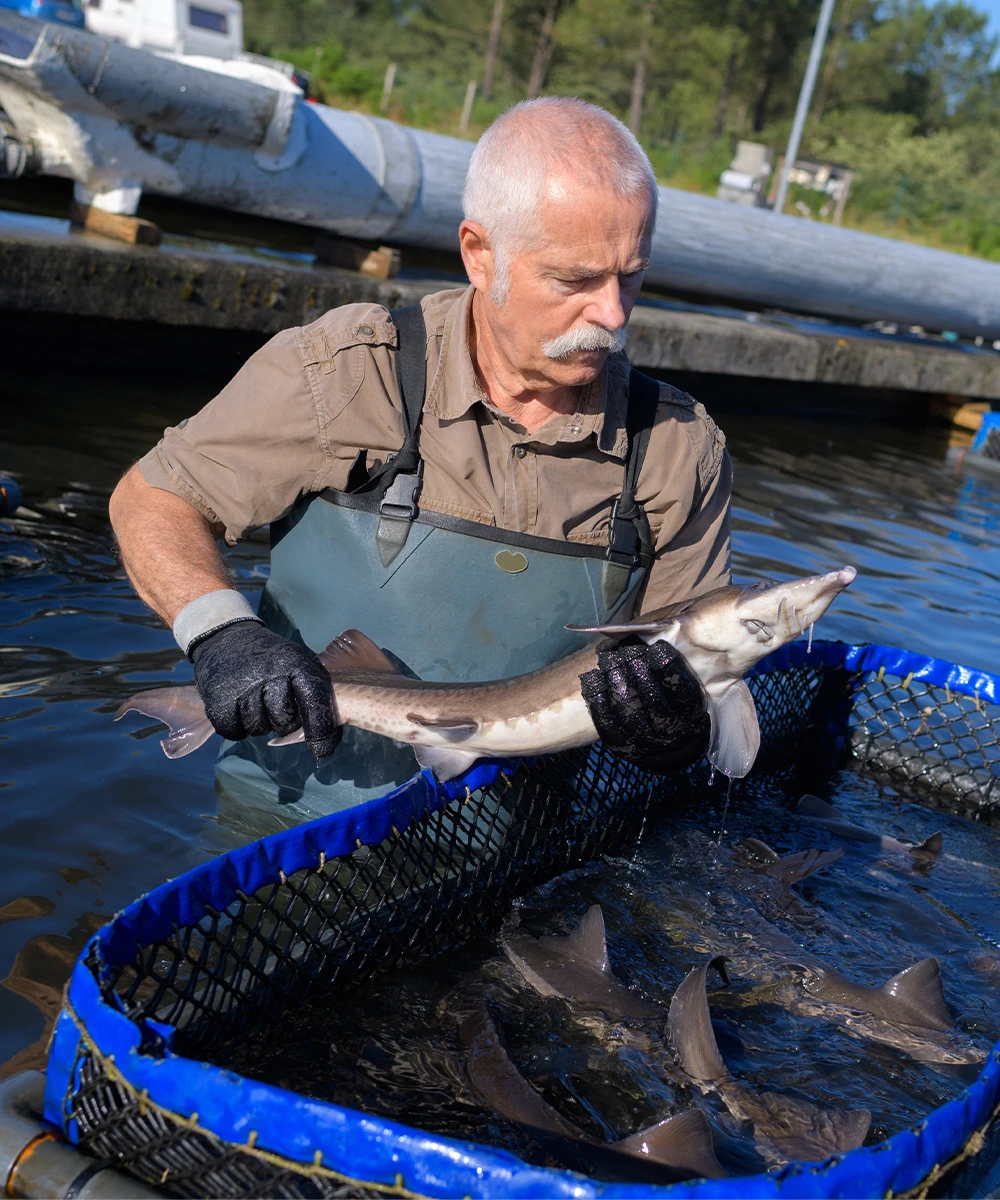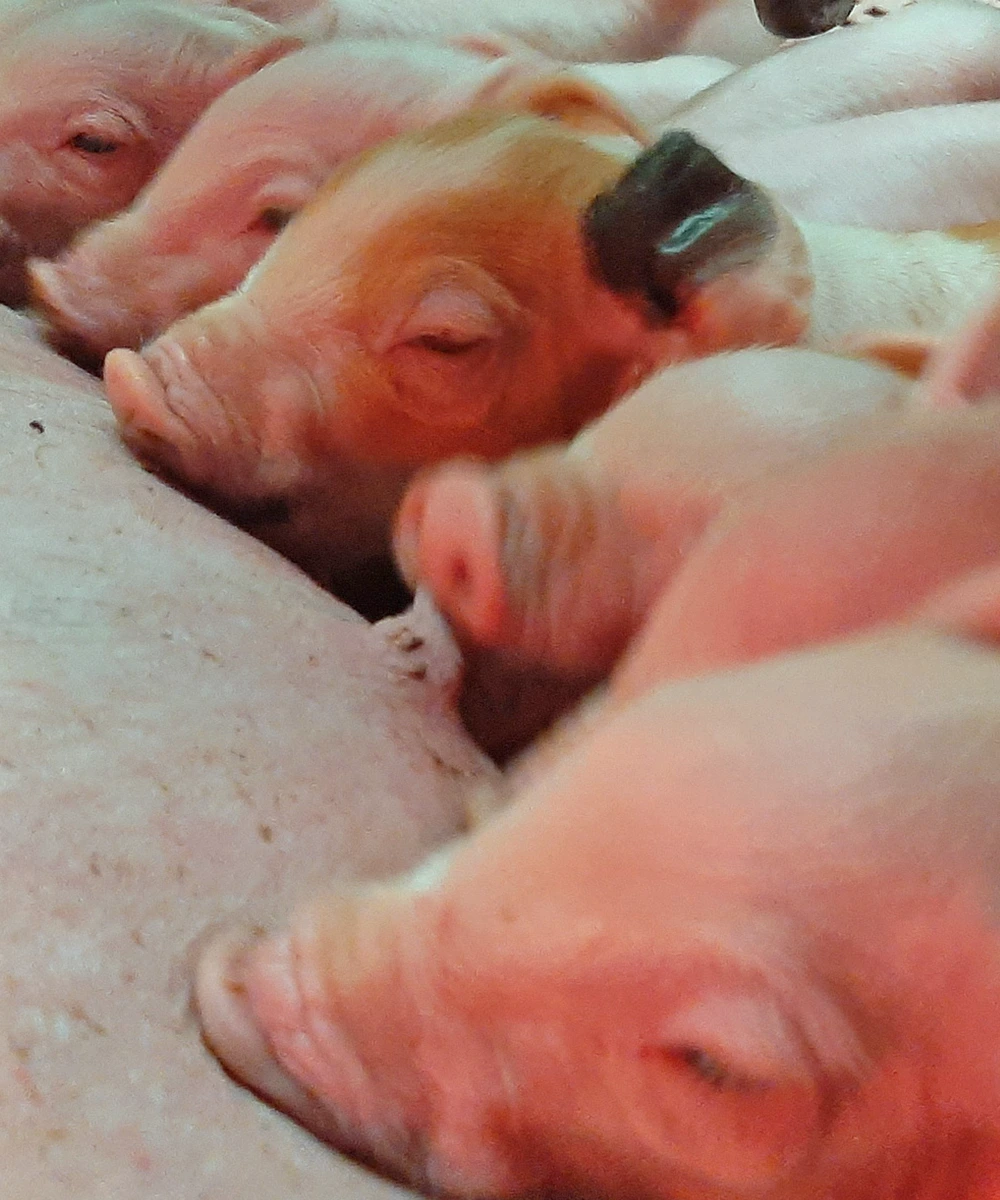Livestock farming in Europe is far more than a food production system — it is a cornerstone of rural economies, biodiversity preservation, and cultural heritage. Its contributions stretch across environmental, social, and economic dimensions, making it a vital component of European society and agriculture. Despite the negative narrative and misconceptions, the role of livestock remains essential for a sustainable and prosperous future.
Foods of animal origin are not just part of our cultural heritage, they are rich in essential nutrients that are vital for human health.
The livestock value chain is a lifeline for rural communities across Europe, where alternative forms of employment are often limited.
Grazing animals help maintain grassland ecosystems, which can capture and store carbon dioxide from the atmosphere.
The animal farming value chain, including aquaculture, is a lifeline for rural and coastal communities across Europe. It provides employment to millions of people, from farmers and fishers, to veterinarians and feed suppliers, to food processors and transporters.
Livestock farming often sustains rural economies where alternative forms of employment are limited. The presence of livestock farms also helps maintain vital infrastructure and services in these areas, preventing rural depopulation and fostering social cohesion.

Contrary to common perceptions, well-managed livestock systems can contribute positively to the environment, especially in the following fields:

Livestock farming exemplifies circularity in agriculture. For example, animals convert by-products from crop farming, such as wheat bran or oilseed cake, into high-value protein for human consumption. Without livestock, many of these by-products would go to waste.
Even livestock waste serves a purpose:
Livestock farming and aquaculture is deeply intertwined with Europe's cultural heritage and culinary traditions. From the iconic cheese varieties of France and Italy to Spain's renowned cured meats, animal-sourced food products are integral to Europe's gastronomic identity. Farmers often carry forward traditional practices that have been passed down through generations, preserving unique production methods and rural landscapes.

The European livestock sector is committed to supporting innovations for even more sustainable practices. Advances in animal genetics, nutrition, healthcare, and farm management are continuously improving the sector's efficiency while reducing its environmental footprint. Farmers are adopting precision agriculture technologies and climate-smart practices to optimise resource use and contribute to the EU's ambitious climate goals.

As Europe grapples with challenges such as climate change, biodiversity loss, and shifting dietary preferences, livestock farming must remain part of the solution. The sector is already undergoing a transformation to become more sustainable and climate-resilient. Policymakers, consumers, and stakeholders must recognise the multifaceted contributions of livestock and support balanced approaches that ensure its continued role in Europe's agricultural landscape.